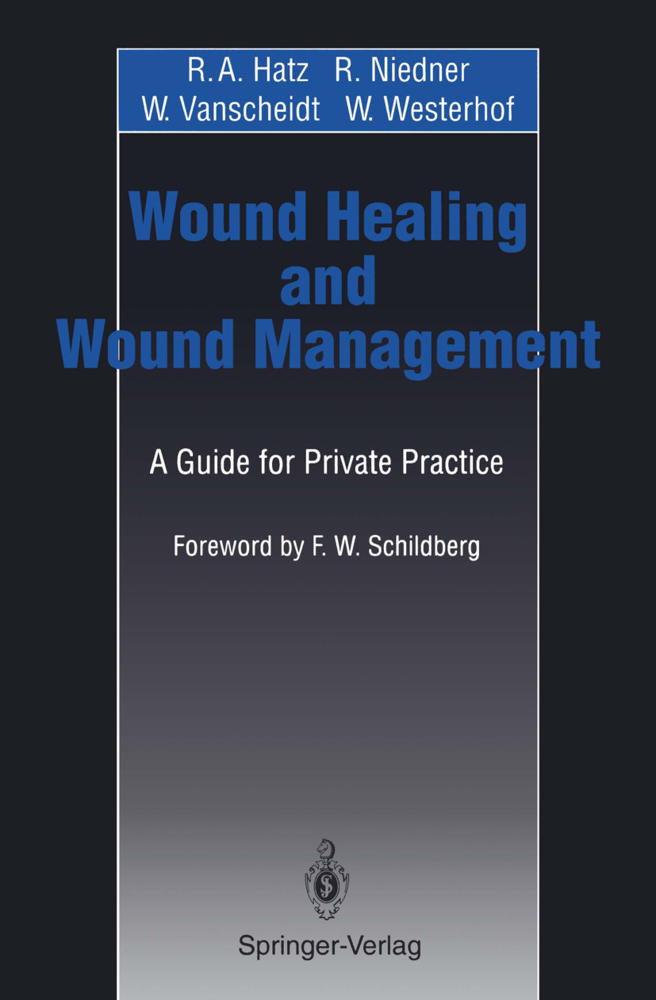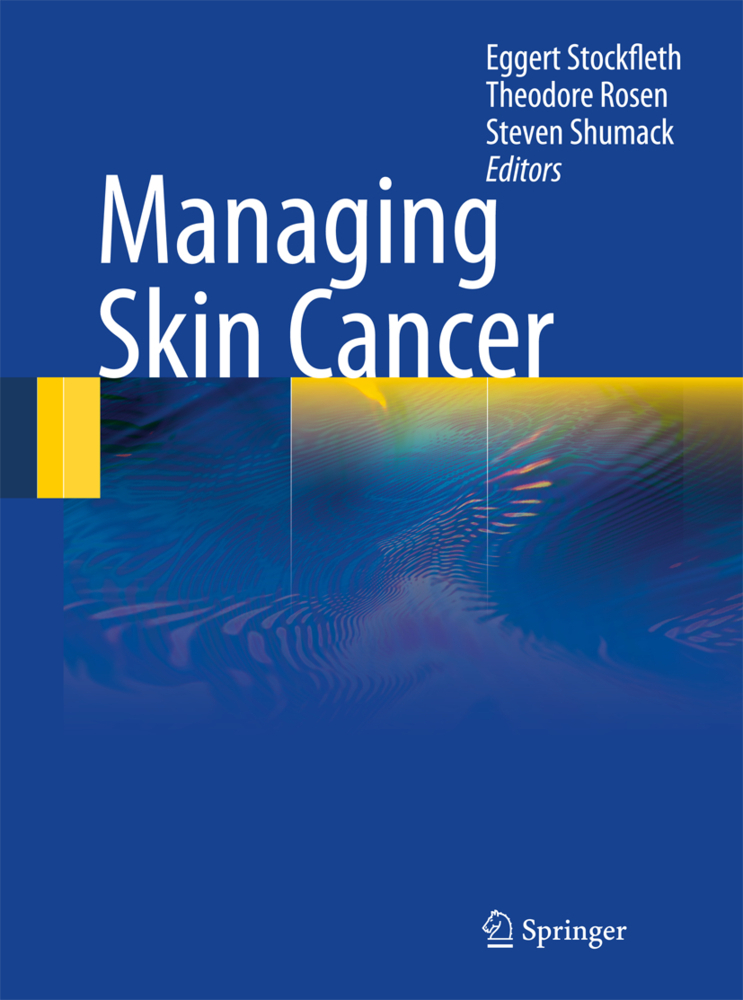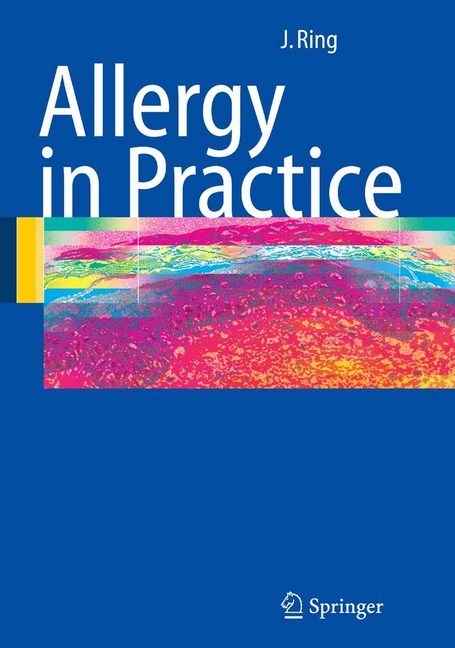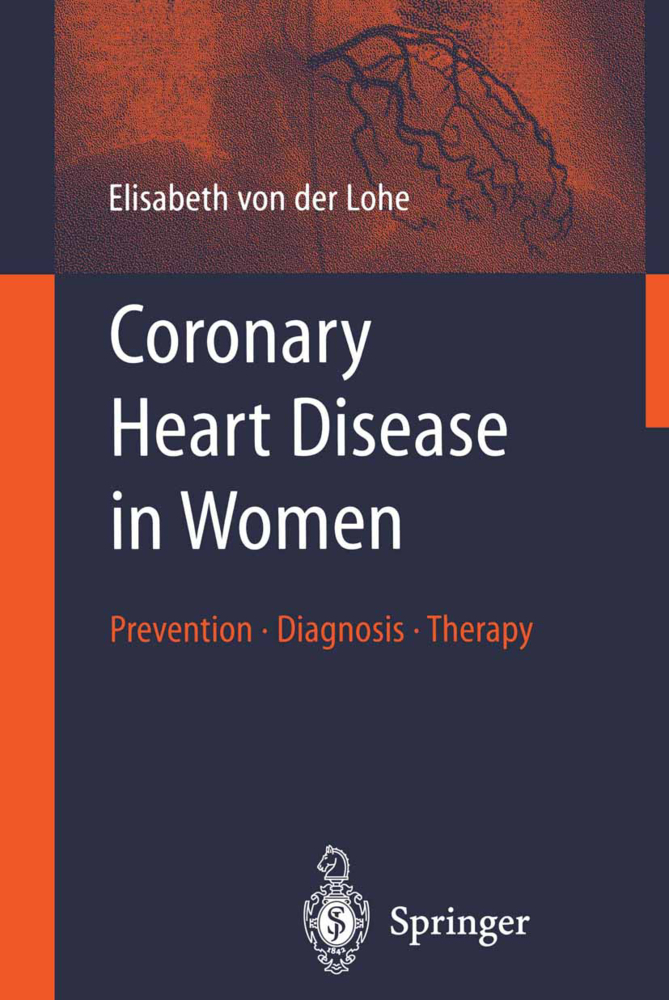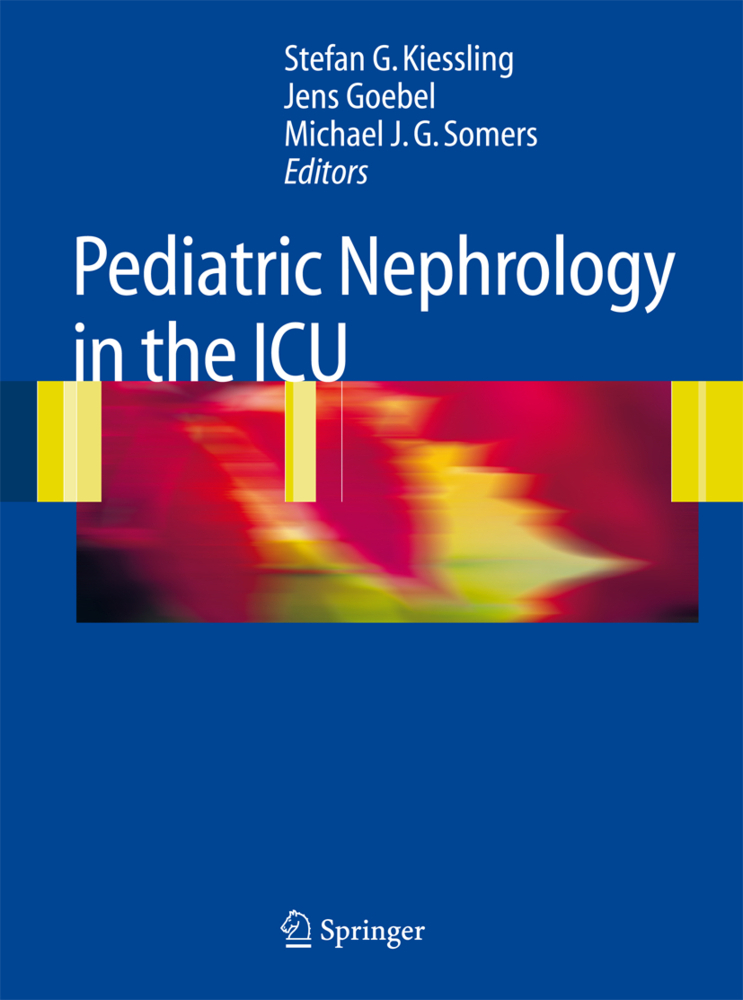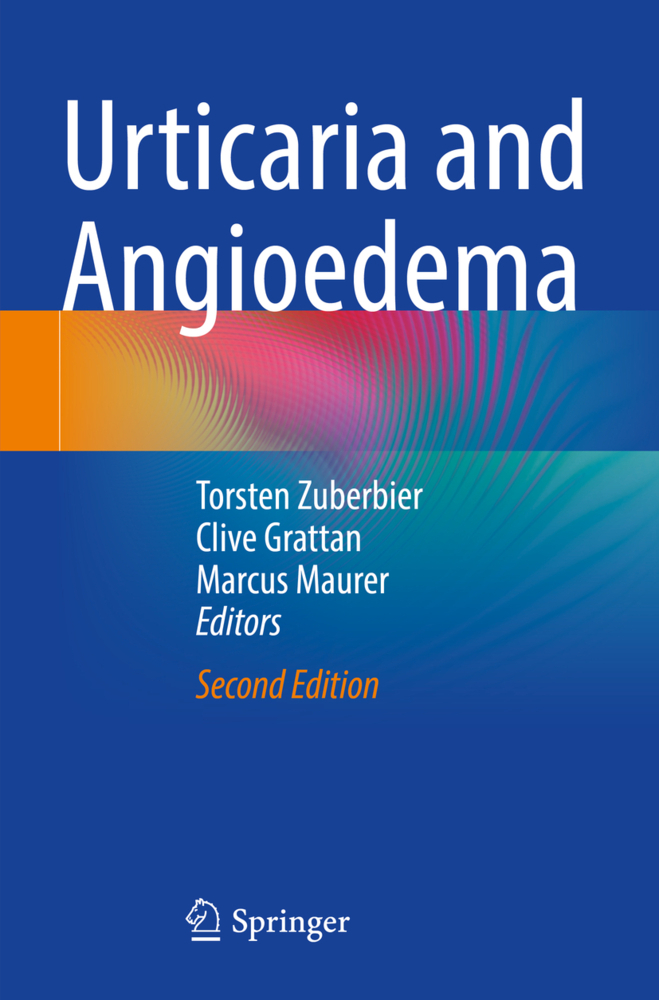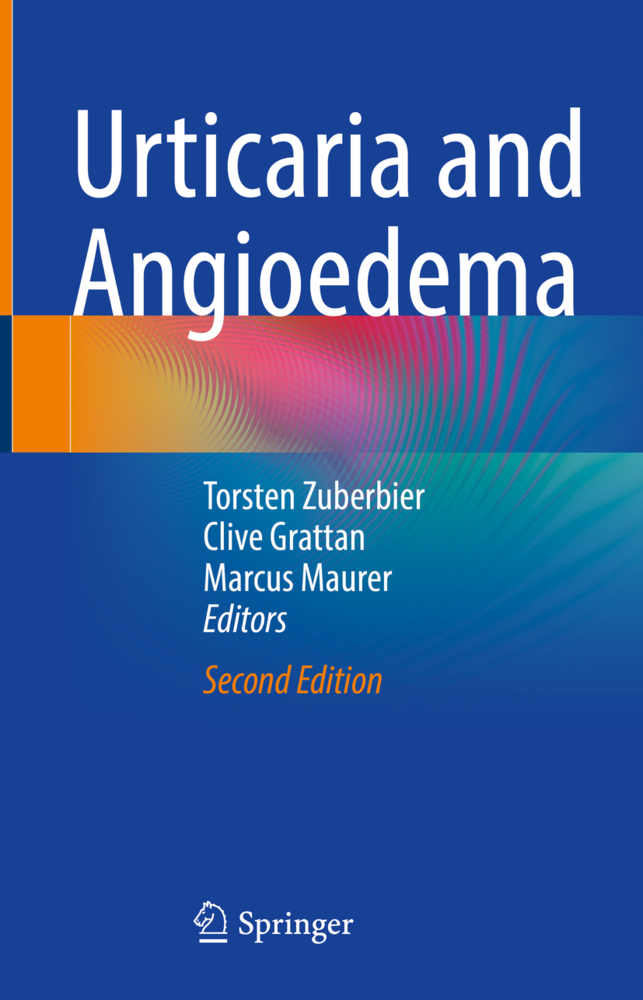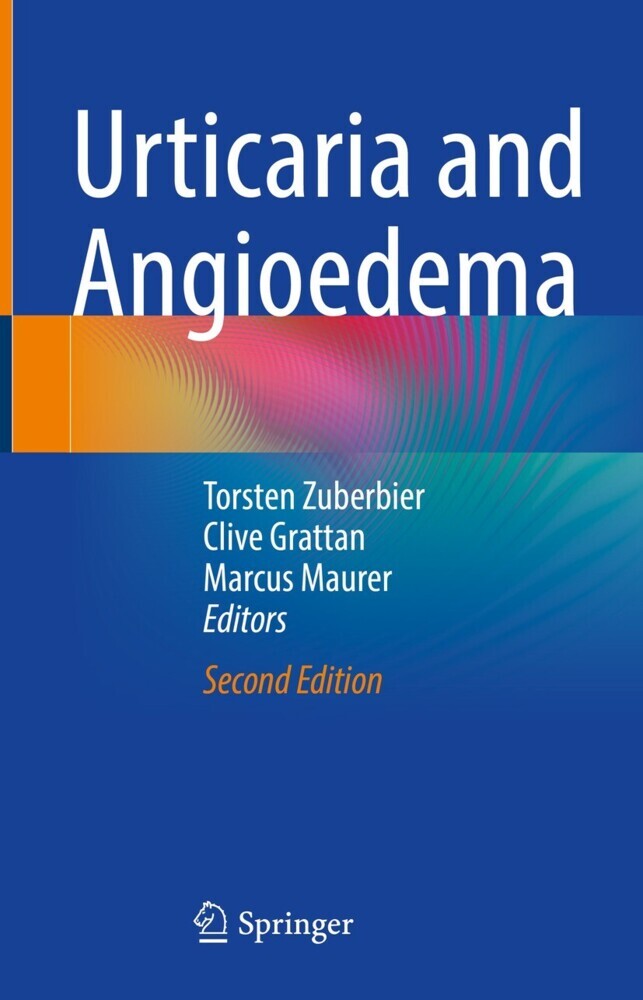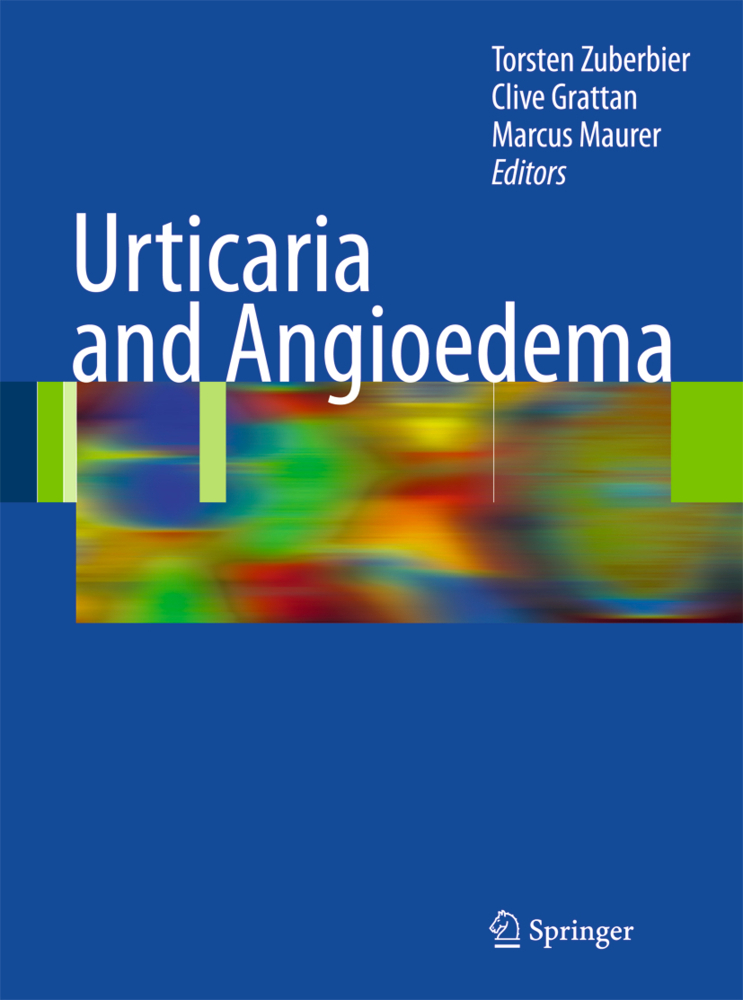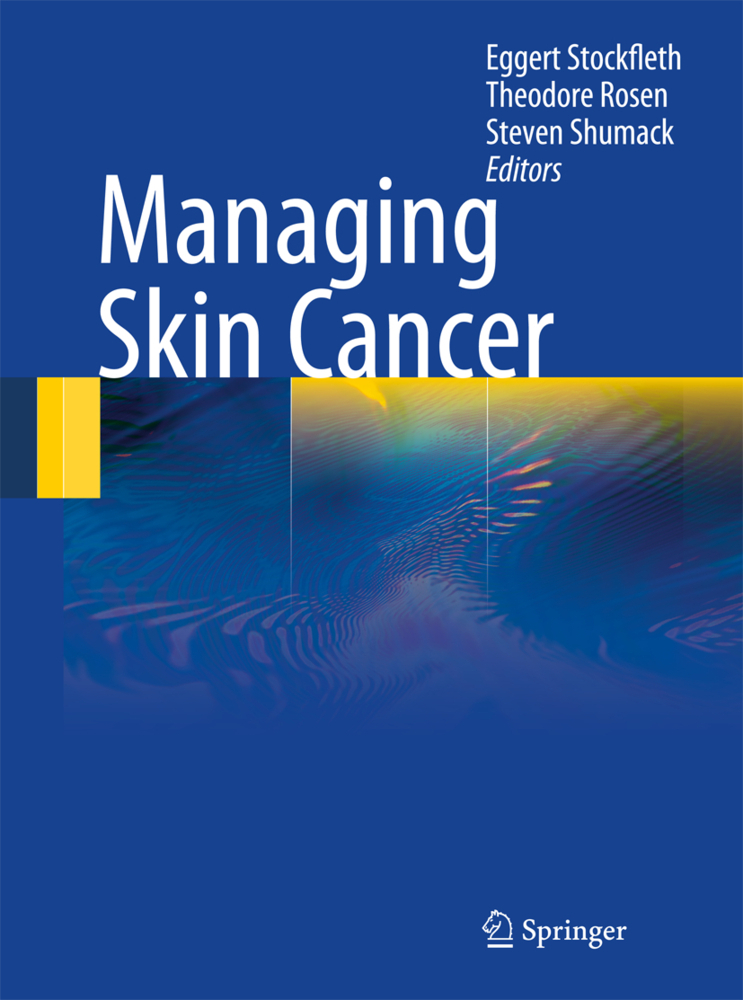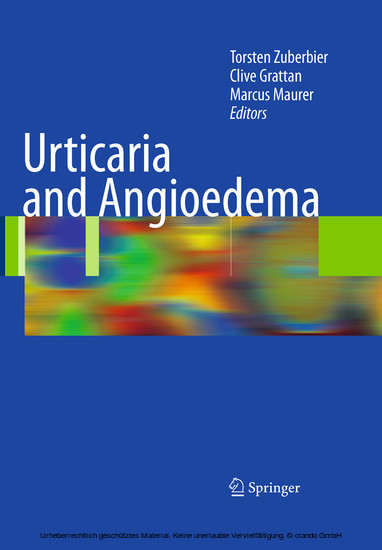Wound Healing and Wound Management
A Guide for Private Practice
Wound Healing and Wound Management
A Guide for Private Practice
Whenever the integrity of the skin is impaired, via trauma or surgical incision, wounds und wound healing are the natural consequences. Thus, every physician should be interested in the biological processes involved in wound healing. The physician does not usually interfere with these natural processes, knowing that the body heals itself (natura sanat). It is not until the natural wound healing process is disturbed, that we realize how little we know about this area. Our limited knowledge is not even available to most physicians. Advances in the areas of cell-and molecular biology have also resulted in substantial progress in the field of wound healing. Today, we know that the process of tissue repair occurs in three phases and is controlled by specific cells. These cells release potent mediators which in turn regulate the function of other cells surrounding the area. "Certain rules apply to the healing of wounds and injured tissue. You must follow nature for nature will never follow you", this sentence writen by Paracelsus in his book "Chirurgia magna" is still valid today. Current reseach in wound healing is exploring these rules and integrating them into new therapeutical concepts. The purpose of this book is to make current knowledge on basic healing processes, research in this area and on wound management available to most physicians. Due to the importance of wound healing and the successful combination of basic science and clinical aspects, I would like this book to be widely accepted.
1.2 Proliferative Phase
1.3 Reparative Phase
1.4 Epithelial Maturation
2 Impaired Wound Healing
2.1 Local Factors Contributing to Impaired Wound Healing
2.2 Systemic Conditions Affecting Wound Repair
3 Chronic Wounds
3.1 Pressure Sores
3.2 Chronic Leg Ulcer
3.3 Ischemic Ulcers of the Lower Extremities
3.4 Chemical Burns
3.5 Burns
3.6 Anorectal Abscesses and Anal Fistulas
3.7 Diabetic Leg Ulcer
4 Experimental Models in Wound Healing
4.1 Cell Culture
4.2 Epidermal Wound Models
4.3 Wound Granulation Models
4.4 Models of Chronic Wounds
4.5 Methods to Examine the Progress of Wound Healing
5 Topical Therapy of Chronic Wounds
5.1 Surgical Débridement
5.2 Physical Wound Cleansing
5.3 Enzymatic Débridement
5.4 Topical Antimicrobial Treatment
5.5 Topical Preparations Enhancing Wound Healing
6 Wound Dressings
6.1 Semipermeable Dressings
6.2 Hydrogel Dressings
6.3 Hydrocolloid Dressings
7 Growth Factors - A Future Prospect?.
1 Physiology of Wound Healing
1.1 Exsudative Phase1.2 Proliferative Phase
1.3 Reparative Phase
1.4 Epithelial Maturation
2 Impaired Wound Healing
2.1 Local Factors Contributing to Impaired Wound Healing
2.2 Systemic Conditions Affecting Wound Repair
3 Chronic Wounds
3.1 Pressure Sores
3.2 Chronic Leg Ulcer
3.3 Ischemic Ulcers of the Lower Extremities
3.4 Chemical Burns
3.5 Burns
3.6 Anorectal Abscesses and Anal Fistulas
3.7 Diabetic Leg Ulcer
4 Experimental Models in Wound Healing
4.1 Cell Culture
4.2 Epidermal Wound Models
4.3 Wound Granulation Models
4.4 Models of Chronic Wounds
4.5 Methods to Examine the Progress of Wound Healing
5 Topical Therapy of Chronic Wounds
5.1 Surgical Débridement
5.2 Physical Wound Cleansing
5.3 Enzymatic Débridement
5.4 Topical Antimicrobial Treatment
5.5 Topical Preparations Enhancing Wound Healing
6 Wound Dressings
6.1 Semipermeable Dressings
6.2 Hydrogel Dressings
6.3 Hydrocolloid Dressings
7 Growth Factors - A Future Prospect?.
Hatz, Rudolf A.
Niedner, R.
Vanscheidt, W.
Westerhof, W.
Schildberg, Friedrich W.
Jan, N. von
| ISBN | 978-3-540-58321-9 |
|---|---|
| Artikelnummer | 9783540583219 |
| Medientyp | Buch |
| Copyrightjahr | 1994 |
| Verlag | Springer, Berlin |
| Umfang | X, 157 Seiten |
| Abbildungen | X, 157 p. 47 illus. in color. |
| Sprache | Englisch |

